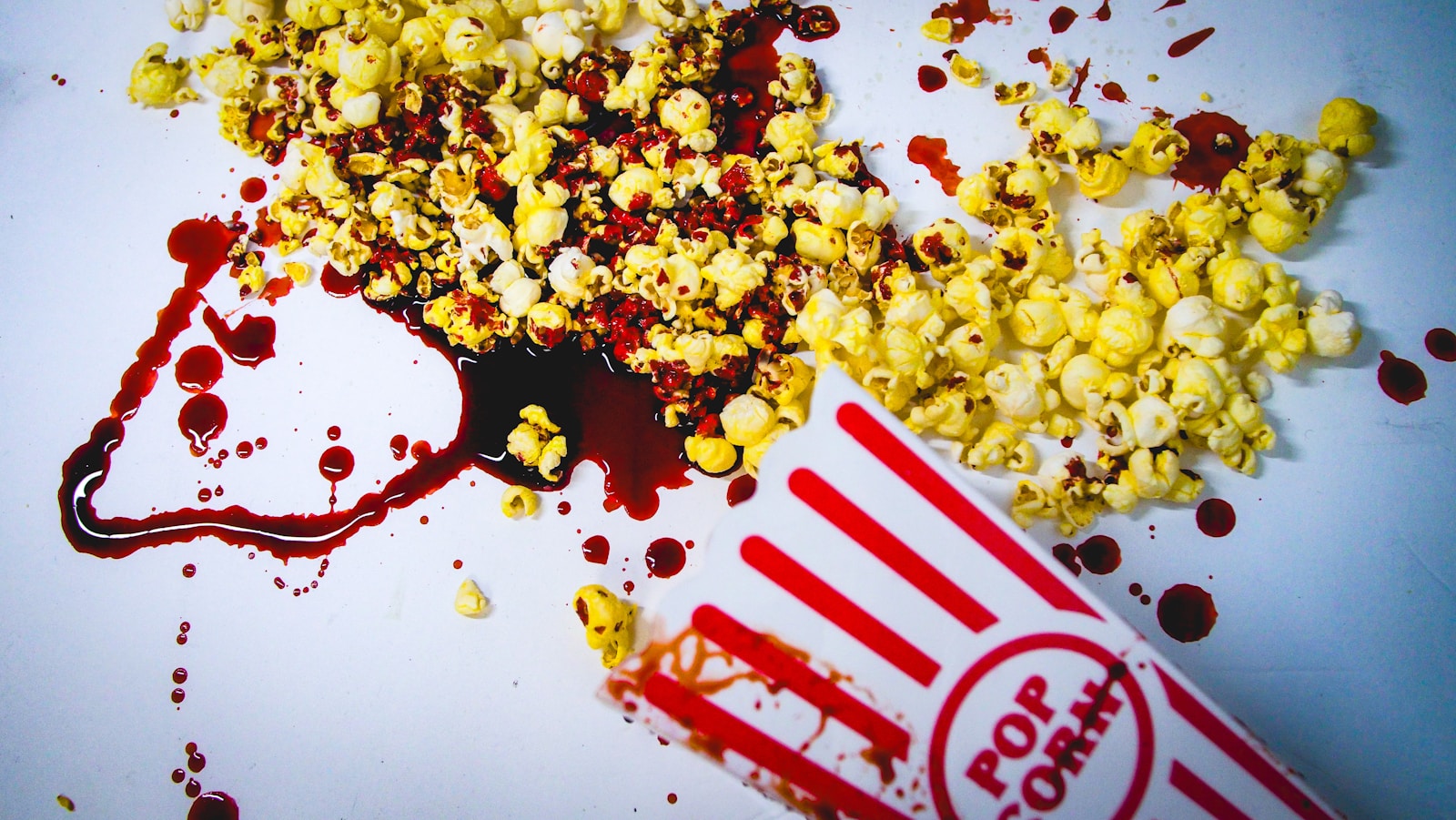
The Evolution of a Classic Expletive
Swearing has been a part of human communication for centuries, serving various purposes, from expressing strong emotions to simply adding a dash of flavor to our conversations. Among the pantheon of swear words, one stands out as particularly colorful and historically rich: the word “bloody.” This seemingly innocuous term has undergone a fascinating transformation over the years, evolving from a mere descriptor of blood to one of Britain’s favorite expletives. Let’s take a deep dive into its history, usage, and cultural significance.
A Blood-Soaked Origin
The story of this term begins much earlier than many might think. Its roots can be traced back to the Old English word “blōd,” which simply means blood. The association of blood with intense emotions and violent actions set the stage for its evolution into swearing.
In medieval times, blood was often associated with violence and death. Hence, it makes sense that a word deriving from it could take on a harsher connotation. However, it wasn’t until the 19th century that the term began to surface in a more colloquial and vulgar context. It was used as an intensifier, much like how we might say “really” or “very” today.
“Bloody” as an Intensifier
As we moved into the Victorian era, the use of “bloody” as an intensifier gained popularity, particularly among the working classes. It was a way to express frustration, annoyance, or surprise. For instance, someone might say, “That’s a bloody good idea!” or “What a bloody mess!” The ‘bloody’ prefix added emotional weight to the statement, making it more impactful.
During this period, the upper classes viewed the term as vulgar and inappropriate, further entrenching its position as a working-class term. This class distinction only fueled its popularity among those who felt marginalized or oppressed by the strict social norms of the time. It became a badge of honor, a way of reclaiming power through language.
The Shift to Mainstream Culture
The 20th century saw a significant shift in the acceptance of swearing in British culture. With the rise of radio and television, and the subsequent explosion of pop culture, the word “bloody” began to seep into mainstream media. From sitcoms to songs, it became an accepted part of the British vernacular.
Perhaps one of the biggest breakthroughs for the term was its inclusion in literature and film. Renowned authors like George Orwell and Ian Fleming used the word in their works, providing legitimacy to it as a tool for expression. In Ian Fleming’s James Bond series, for example, the use of “bloody” helped paint a picture of a gritty world, adding realism to the story.
Regional Variations and Usage
While “bloody” is predominantly used in the UK, its use varies by region. In Australia and New Zealand, it has also found a home, often with a more light-hearted connotation. Australians commonly use “bloody” to express enthusiasm or as a term of endearment, such as saying, “You’re a bloody legend!” This shift in tone and meaning shows just how flexible the word can be.
In contrast, in North America, the word is often seen as a bit more shocking. It’s not commonly used in everyday conversation, and its rarity can lead to raised eyebrows if uttered. This dichotomy in usage highlights how cultural contexts can dramatically influence the perception of language.
The Modern-Day Influence of ‘Bloody’
Fast forward to the 21st century, and “bloody” is more popular than ever. In contemporary media, it appears in films, television shows, and music, often used to convey strong emotions or punch up comedic moments. British comedies, in particular, have embraced the term, using it to create memorable catchphrases and hilarious one-liners.
Social media has also played a role in its resurgence. With the rise of platforms like Twitter and Instagram, swearing has become more commonplace, breaking down some of the social taboos surrounding language. The use of “bloody” has been amplified in memes, tweet threads, and viral videos, contributing to its evolution in real-time.
The Nuances of Swearing
Swearing is a complex aspect of language that can convey a range of emotions, from anger and frustration to humor and camaraderie. The use of “bloody” showcases this nuance perfectly. It can be employed in a serious tone, like when expressing outrage, or in a lighthearted context, such as when joking with friends. The context in which it’s used often dictates its meaning, reflecting the fluid nature of language.
Additionally, swearing can serve as a social bonding mechanism. Friends often use expletives, including “bloody,” to connect and express familiarity. The casual use of such terms can enhance camaraderie and create a sense of belonging within a group.
The Cultural Significance of ‘Bloody’
As much as “bloody” is a word, it’s also a reflection of British culture. It encapsulates the British penchant for sarcasm, irony, and humor. The term has become a linguistic symbol of British identity, showcasing how language can shape and reflect societal values.
Furthermore, as society evolves, so does the language we use. The acceptance of “bloody” in various contexts—be it comedic, dramatic, or everyday—illustrates the dynamic nature of language and its ability to adapt over time.
Looking Ahead: The Future of ‘Bloody’
As we look to the future, how will the term continue to evolve? With ongoing changes in language influenced by technology, media, and cultural shifts, “bloody” is likely to adapt as well. It may become more accepted in international contexts, or it could take on new meanings altogether.
As younger generations continue to shape the linguistic landscape, the word may find itself in new phrases or contexts, further enriching its legacy. It’s also possible that as society becomes more sensitive to language, the term might face pushback or be replaced by new forms of expression.
Conclusion: A Word for the Ages
The journey of a single word is a testament to the intricacies of language and culture. “Bloody” has transcended its bloody beginnings to become a staple of British vernacular, beloved by many for its versatility and punch. It’s not simply a swear word; it’s a reflection of societal norms, class struggles, and cultural identity.
As we continue to navigate an ever-changing linguistic landscape, “bloody” stands as a reminder of the power of words to evoke emotion, express frustration, and, ultimately, connect us all. So the next time you hear someone exclaim, “That’s bloody brilliant!” remember the rich tapestry of history and meaning woven into that simple phrase.

